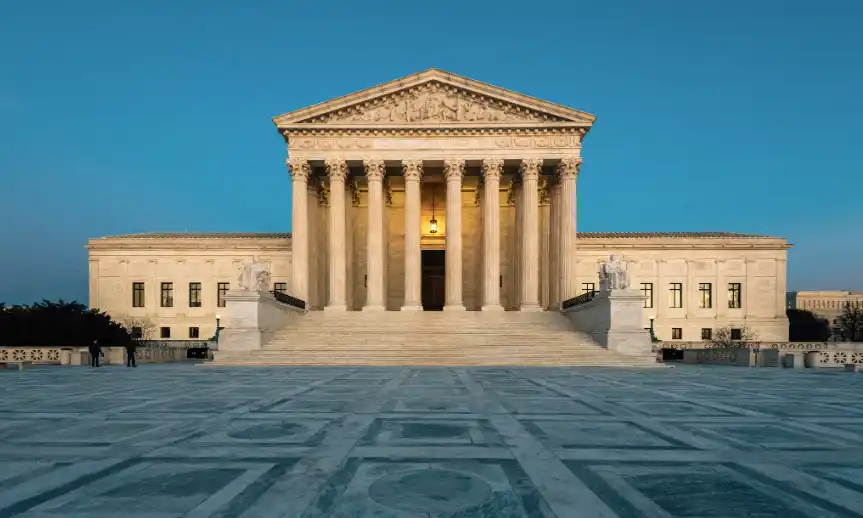Election 2024: Foreign Policy in Focus
The Future of America’s International Alliances and Partnerships The United States is at a critical juncture for its foreign policy. As U.S. policymakers confront long-term strategic competition with China, major wars in Europe and the Middle East are unfolding. How the next U.S. administration and Congress address these key challenges will define America’s global leadership […]


